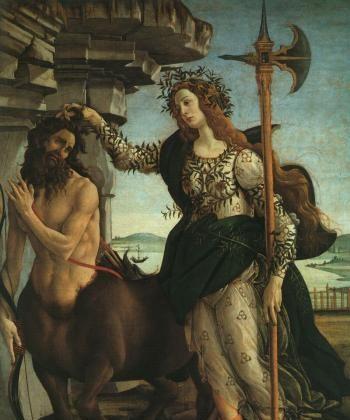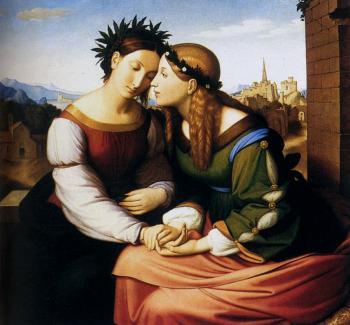The Chinese calendar is also known as the Yin or Xia calendar, the Moon Calendar.
Its origins supposedly go back to the year 2100 BCE, to the Xia Dynasty. According to legend, Emperor Huang Di could be called the founder of it. But during the revolution in 1949, the Communist Party declared it as belonging to “The Four Olds” and called it myth and superstition.
However, Chinese farmers trust this calendar and its predictions to this day. This lends credence to the assumption that the predictions are based on scientific observations, reflecting profound insights into the laws of nature.
Not superstition, but science?
The Chinese lunar new year begins with the New Moon and Spring (Chun Fen), followed the rainy period (Yu Shui), and is followed by the ensuing new moon that brings thunderstorms, and ocean ebb and flow.
The whole year is divided into four seasons—12 moon months and 24 smaller, two-week periods that strictly underlie the “Shuo” and “Wang” cycles; the new moon and full moon. It means there is another division according to the moon, in apogee or waning.
This seems to make sense as science has affirmed that natural occurrences happen according to the phases of the moon. Ancient Chinese observed these twice-monthly cycles and passed on their meanings. Accordingly, changing of the seasons and ebb and flow can be precisely predicted, as can the most favorable time for sowing, or when to expect a cold snap.
But there is a snag: the lunar calendar’s difficulty lies in its differences from the Western calendar based on 365 days. A moon month lasts 29 or 30 days, making a moon calendar year 11 days shorter than a year based on 365 days in the Western calendar. The ancient Chinese figured out that seven years of 13 months each arrive at 19 sun calendar years.
Astronomers’ observations and calculations determine when this 13th month occurs, and what might transpire during the year. A leap year is seen as unfavorable to harvest and prone to war and catastrophe.
Chinese astrology: unlike its western counterpart
Chinese astrology is vastly different from its Western counterpart. The Western zodiac calculates prognoses according to the planetary alignments, while Chinese consider patterns in interactions between Earth, Heaven, and man as a whole.
That is partially why Chinese place so much importance on the five elements, because the natural world informs predictions.
Ten heavenly roots and twelve earthly branches
The ten roots refer to the changes in the five elements wood, fire, water, metal, and earth; manifesting either as yin or yang, thus representing ten different energies. The elements constitute a logical progression to describe creation and decay in nature.
The 12 earthly branches, also known as the 12 animals of the zodiac, build a 60-year cycle in the lunar calendar, since five elemental variations of each animal amounts to exactly 60 combinations. Because animals are Earth creatures, the Chinese invented animal symbols to illustrate the recurring Earth branches. A specific animal reigns over each year, in combination with an element. For 2010 it is the tiger in combination with metal.
The five elements
According to Chinese theology, the five elements of wood, fire, water, metal, and earth are the building stones of the cosmos. Their properties and relationships to each other leads to matter’s idiosyncrasies. All matter seeks harmony and equilibrium, making it imperative to have elements and life energies on an even keel.
The calendar represented a means for people to act appropriately to developments in nature and the cosmos and assured them a secure, happy life.


